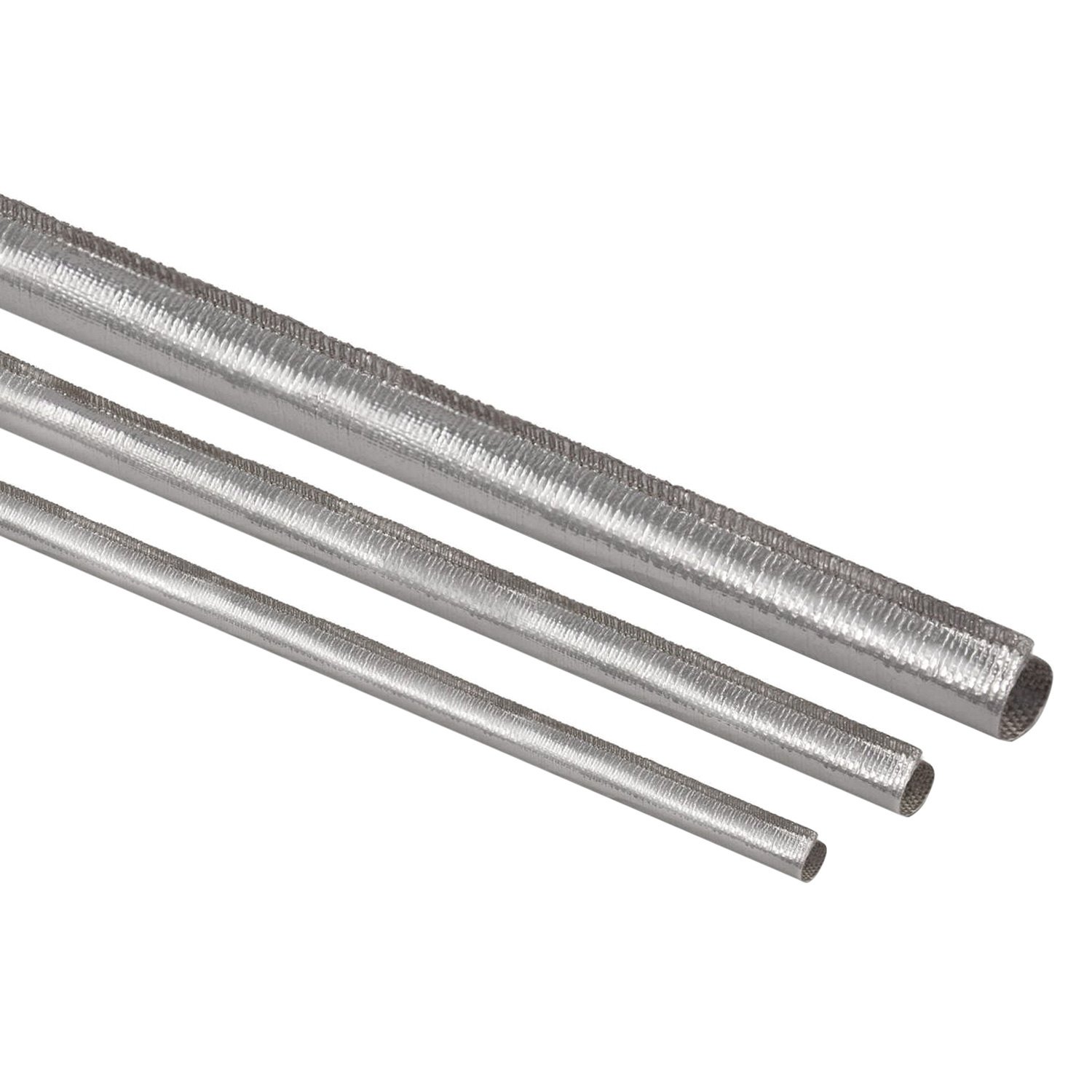In the realm of thermal management, where efficiency and safety are paramount, heat reflective sleeves emerge as a crucial tool in preserving the integrity of sensitive components and optimizing performance across various industries. Engineered to withstand high temperatures and mitigate heat transfer effectively, these innovative sleeves find widespread application in automotive, aerospace, marine, and industrial sectors, among others. Let us delve into the purpose and benefits of heat reflective sleeves, elucidating their indispensable role in modern engineering endeavors.
At the forefront of automotive engineering, heat reflective sleeves play a pivotal role in safeguarding critical systems from the deleterious effects of excessive heat. Whether deployed in high-performance racing vehicles or daily commuters, these sleeves act as a barrier, shielding wiring harnesses, hoses, and cables from radiant heat emitted by exhaust systems, engines, and other heat sources. By reducing heat soak and minimizing thermal stress, they enhance the longevity and reliability of electrical and mechanical components, thereby ensuring optimal vehicle performance and safety.
Similarly, in the aerospace industry, where the demands of extreme environments and stringent performance criteria loom large, heat reflective sleeves prove indispensable. Deployed in aircraft engines, avionics systems, and hydraulic assemblies, these sleeves serve as a frontline defense against thermal degradation and fire hazards. Their ability to reflect radiant heat away from critical components not only enhances operational efficiency but also contributes to the overall safety and reliability of aerospace systems, thereby upholding the standards of airworthiness and regulatory compliance.
Moreover, in marine and industrial applications, where machinery and equipment are subjected to rigorous operating conditions, the benefits of heat reflective sleeves are equally compelling. From protecting hydraulic lines and pneumatic hoses in heavy machinery to insulating cables and conduits in industrial plants, these sleeves play a vital role in preventing heat-related failures and optimizing operational uptime. By maintaining stable operating temperatures and reducing the risk of thermal runaway, they contribute to productivity gains and cost savings, while ensuring workplace safety and regulatory adherence.
In summary, heat reflective sleeves epitomize the marriage of innovation and practicality in the realm of thermal management. Their ability to mitigate heat transfer and protect vital components makes them indispensable across a myriad of industries, from automotive and aerospace to marine and industrial sectors. As engineering challenges evolve and performance standards escalate, these sleeves stand as a testament to human ingenuity, offering a reliable solution to the complex demands of modern engineering endeavors.

